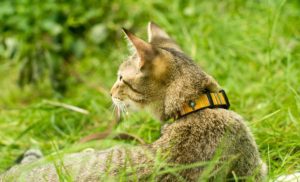How to feed a cat for weight gain.
-- advertisement --

The leanness of cats can be a source of illness. Just food alone will not solve the problem. The solution lies in specially prepared ready-to-eat foods. In this article, you will learn how to fatten a cat and what type of food you can give a cat for weight gain.
The lack of weight in cats can be caused by physiological or pathological reasons. The reasons for leanness can be:
- Fasting
- Stress
- Metabolic disorders
- Malnutrition
- Feeding a large number of kittens
- Dehydration due to gastrointestinal tract disorders (vomiting, diarrhea)
- Infection with worms (parasites)
A veterinarian can determine the exact cause of the illness after reviewing test results and examining the animal. Furthermore, some animals lose weight rapidly and cannot gain weight after surgeries or long-term medication treatments.
For a physiologically appropriate weight gain that benefits an excessively emaciated animal, special high-calorie feeds have been developed. Of course, it’s better to prefer holistic or premium food. By the way, read our review of the best cat foods.
The best cat food for weight gain
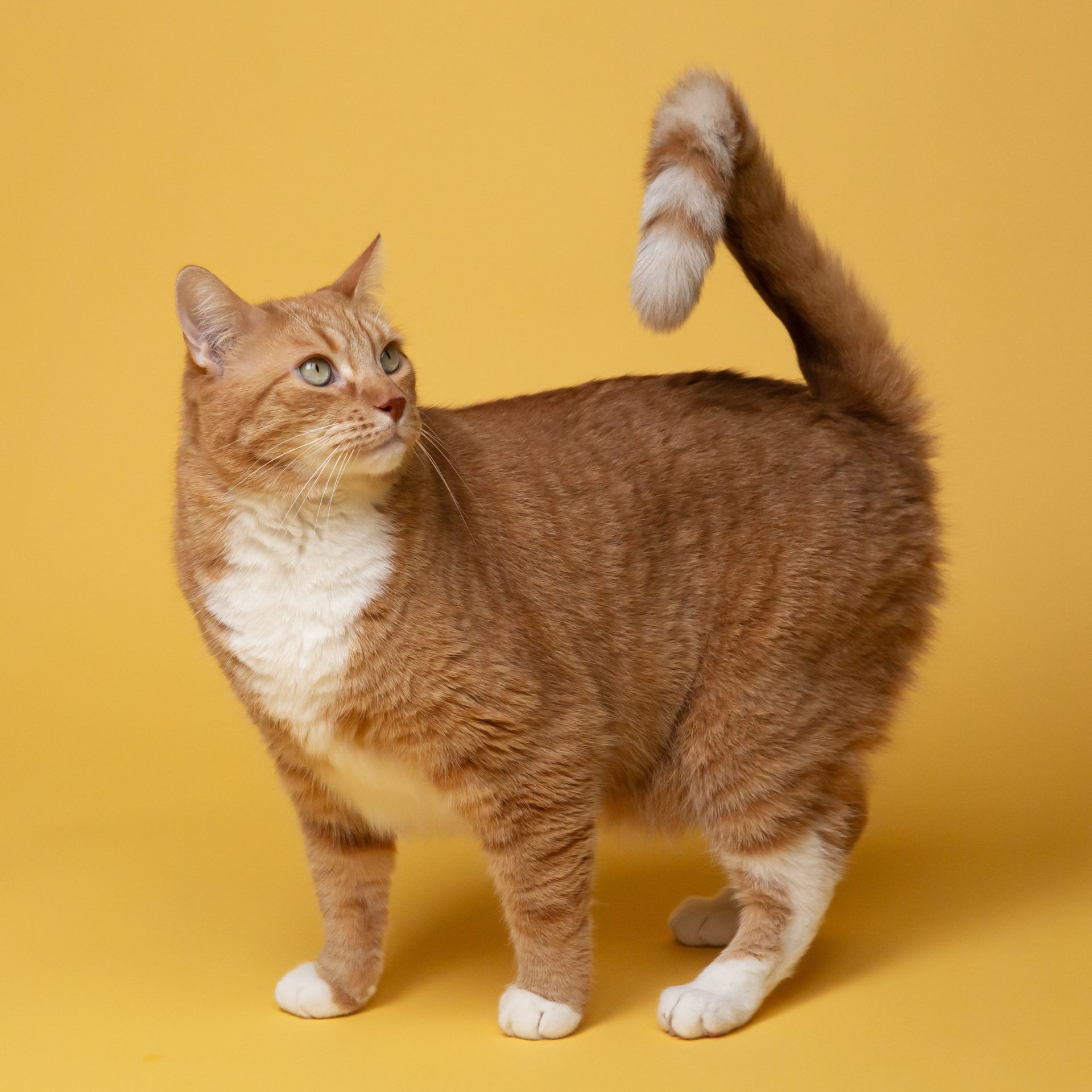
When deciding what type of food to give a cat for weight gain, dry food is often the primary consideration. They are easy to measure, have a long shelf life, are usually palatable to animals, and contain all the necessary nutrients. Some of the best dry cat foods for weight gain include:
- Royal Canin Gastro Intestinal Moderate Calorie
- Hill’s Science Plan Perfect Weight
- Acana Orijen SIX FISH
- Royal Canin Gastrointestinal Moderate Calorie Content
This food provides the daily amount of nutrients required for the cat’s health and is often prescribed by veterinarians for weight gain. This product is a special diet for cats with digestive disorders.
The composition includes L.I.P. proteins, which are well absorbed by cats. It also contains prebiotics, beet pulp, rice, and fish oil. There is an opinion that this food is intended for obese animals, but in reality, it’s not. A balanced composition allows a cat to both lose and gain weight, depending on what their body needs.
The pellets have an attractive taste for animals, which means your pet will eat them eagerly.
Hill’s Science Plan Perfect Weight
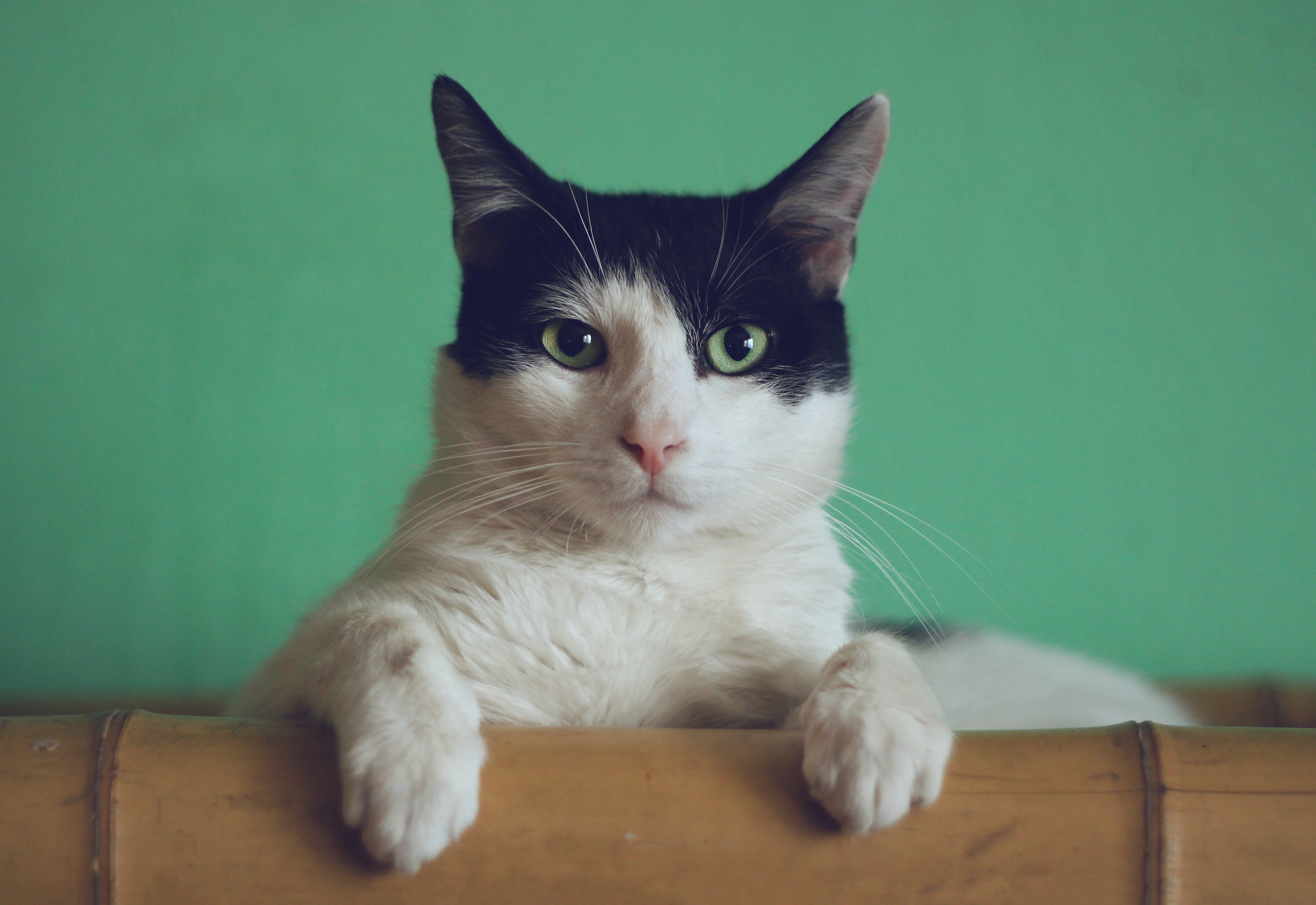
This food is also marketed as a product for cats prone to weight gain, as obesity is much more common than excessive leanness. However, the ingredients are selected to regulate weight, help cats become healthy and happy for many years.
The food is complete and contains prebiotics that normalize the digestion process and improve nutrient absorption. The reduced fat content does not overload the liver, so owners will notice significant changes in the appearance and well-being of their pets in a very short time.
Acana Orijen SIX FISH
This is a complete cat food, with its granules consisting of 85% fish (sardine, herring, perch, pike, flounder, mackerel). The total protein content is 40%. Not only the fillet but also the organs and bones are used, which contain phosphorus, zinc, potassium, calcium, magnesium, and other elements necessary for the health and proper functioning of the kitten’s body.
Reviews from owners and veterinarians indicate that the food has a pleasant smell and, most importantly, is palatable to the animals. Acana Orijen SIX FISH does not contain any additional flavors. An attractive taste is achieved by adding freeze-dried liver.
The best wet food for weight gain.
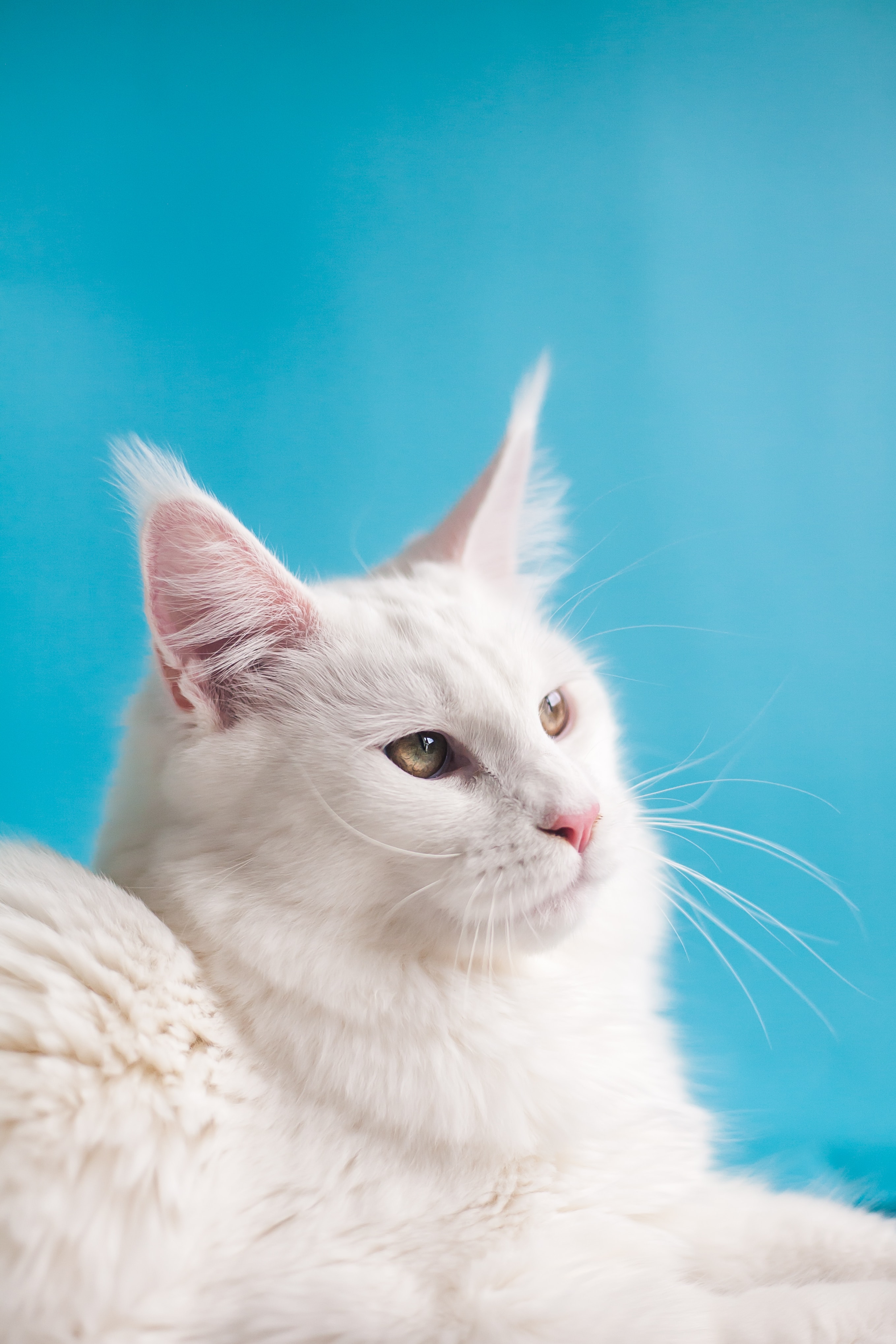
A diet based on wet food (canned food, pouches) allows the pet to gain weight much faster compared to dry food. Pet owners dealing with weight deficits and veterinarians have found the effectiveness of the following types of wet food:
- Royal Dogs Recovery
- Royal Canin Recovery Support Cat
- Chicken and Duck Applaws
- Royal Canin Recovery
These canned foods, sold in 195-gram jars with a convenient opening key, are intended for cats and dogs during illness recovery and intensive care.
One of the main indications for using this food is a lack of body weight, and contraindications include acute pancreatitis, hepatic encephalopathy, and hyperlipidemia.
The food provides the essential proteins, fats, and carbohydrates necessary for life and also has an appealing taste for weakened animals. When needed, Royal Canin Recovery can be used for feeding through a tube and can be diluted with water.
Royal Canin Convalescence Support Cat
This wet food belongs to the category of prescription diets and is intended for cats recovering from surgery and illnesses, as well as pregnant and lactating cats and excessively thin animals.
Royal Canin Convalescence Support Cat is primarily composed of proteins (pork, poultry, pork and chicken liver). Pet owners report that cats quickly gain weight after regular consumption of this food, their immunity is strengthened, they become more active and playful, their stool improves, and the condition of their fur and skin improves.
Applaws Chicken & Duck
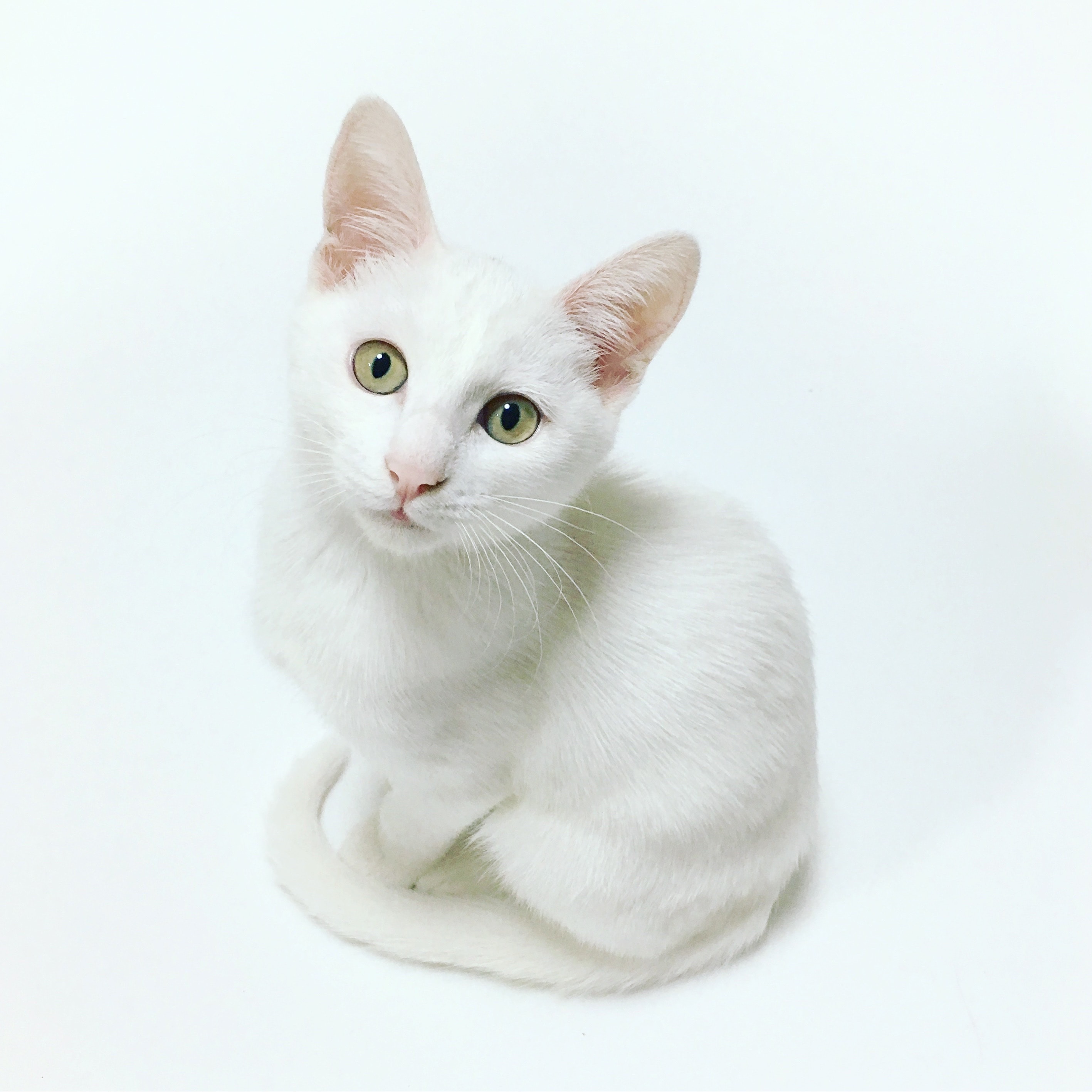
These canned foods consist of three-quarters meat cooked in their own broth. There are only a few ingredients in the jar (chicken breast fillet, chicken broth, duck fillet, and rice) – this simplicity and transparency of composition attract consumers and are very close to the natural diet of animals. People notice that cats eat these canned foods with great enthusiasm, consume a normal portion, and most importantly, gain weight.
If you’re unsure about what to feed a kitten to help it recover, you should focus on wet food. Young animals with milk teeth may not always be able to chew dry pellets. You can also read additional recommendations on kitten nutrition.
Feeding a stray cat for weight gain
No matter how much owners want to fatten their pets as quickly as possible to prevent them from becoming underweight, they should never give products that are rich in fat (sour cream, butter, fatty cottage cheese, pork, etc.).
The liver of an exhausted animal cannot handle the burden.
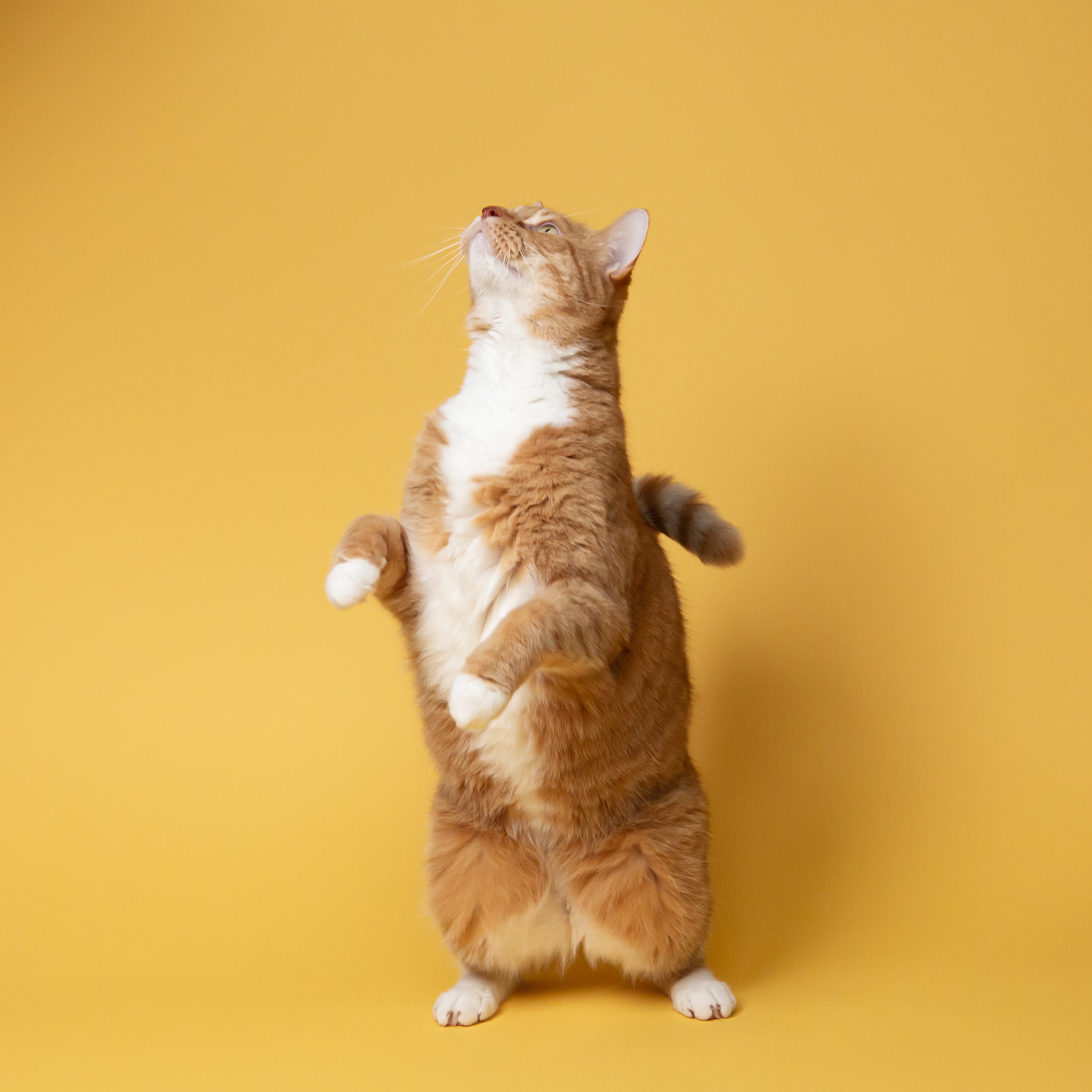
When feeding a stray cat, it’s important to ensure a balanced diet by focusing on high-energy foods while also considering the cat’s taste preferences.
Feeding the cat for weight gain should be frequent. Divide the usual amount of food for a two-day feeding into 5-6 portions. It’s advisable to feed the cat at the same times every day: this speeds up metabolism, activates metabolic processes, and promotes more active weight gain. The animal should gain weight through muscle mass, not fat, so protein products should form the basis of the diet.
When it comes to meat, lean veal and chicken are good choices. You should also add fiber – bran and oatmeal. It’s best not to cook them but rather pour boiling water over them and cover with a lid to let them steam for 10-15 minutes.
Twice a week, the main product can be chicken or beef liver, which should be thawed in the refrigerator and then cooked or scalded with boiling water before serving.
Once a week, you can treat the overly thin pet with egg whites (boil in a water bath and let it cool).
In addition to animal products, it’s beneficial to supplement the menu with fermented dairy products (low-fat cottage cheese, yogurt, kefir). It’s advisable to feed them 5-7 days after thawing the main meal.
Conclusion
Increasing a cat’s weight requires a balanced diet tailored to its individual needs. When choosing food, it’s important to look for high-quality products specifically designed for weight gain. Regular feeding in small portions and the addition of protein-rich foods can help increase the cat’s weight. If you’re unsure about the best type of food for your cat, it’s a good idea to consult a veterinarian for individual guidance.
-- advertisement --

